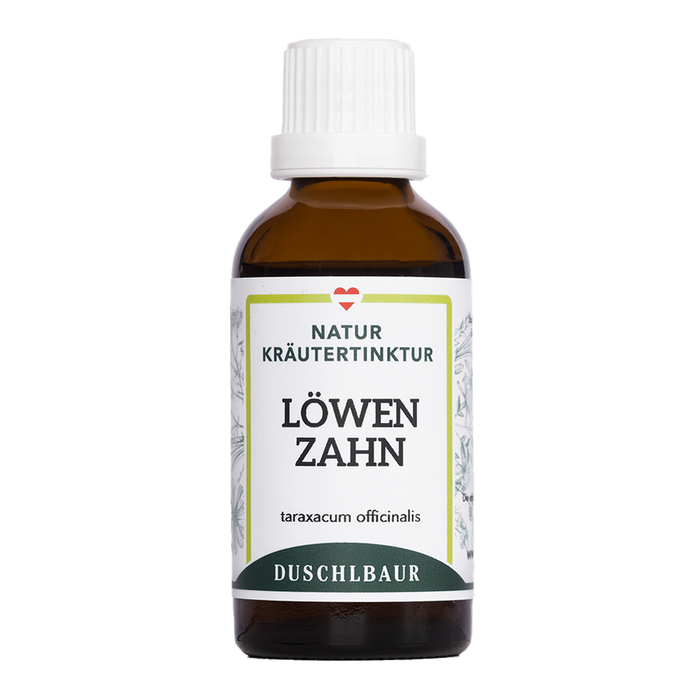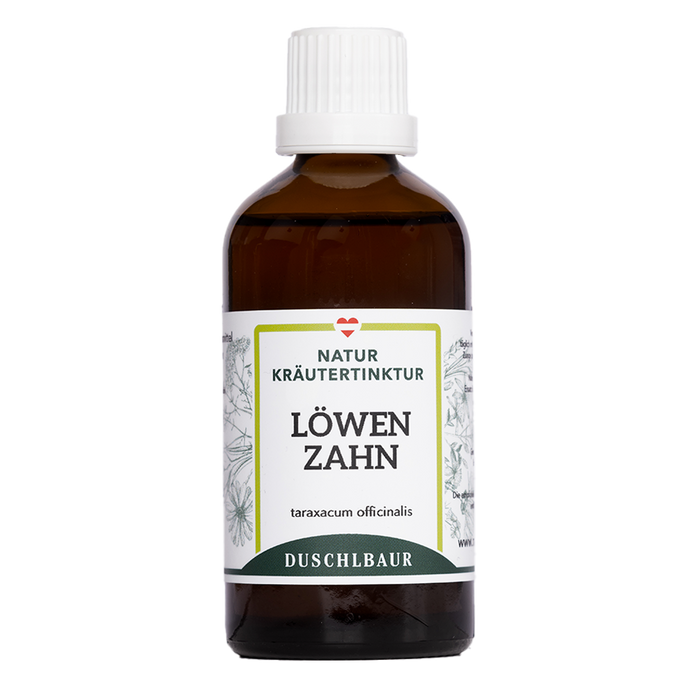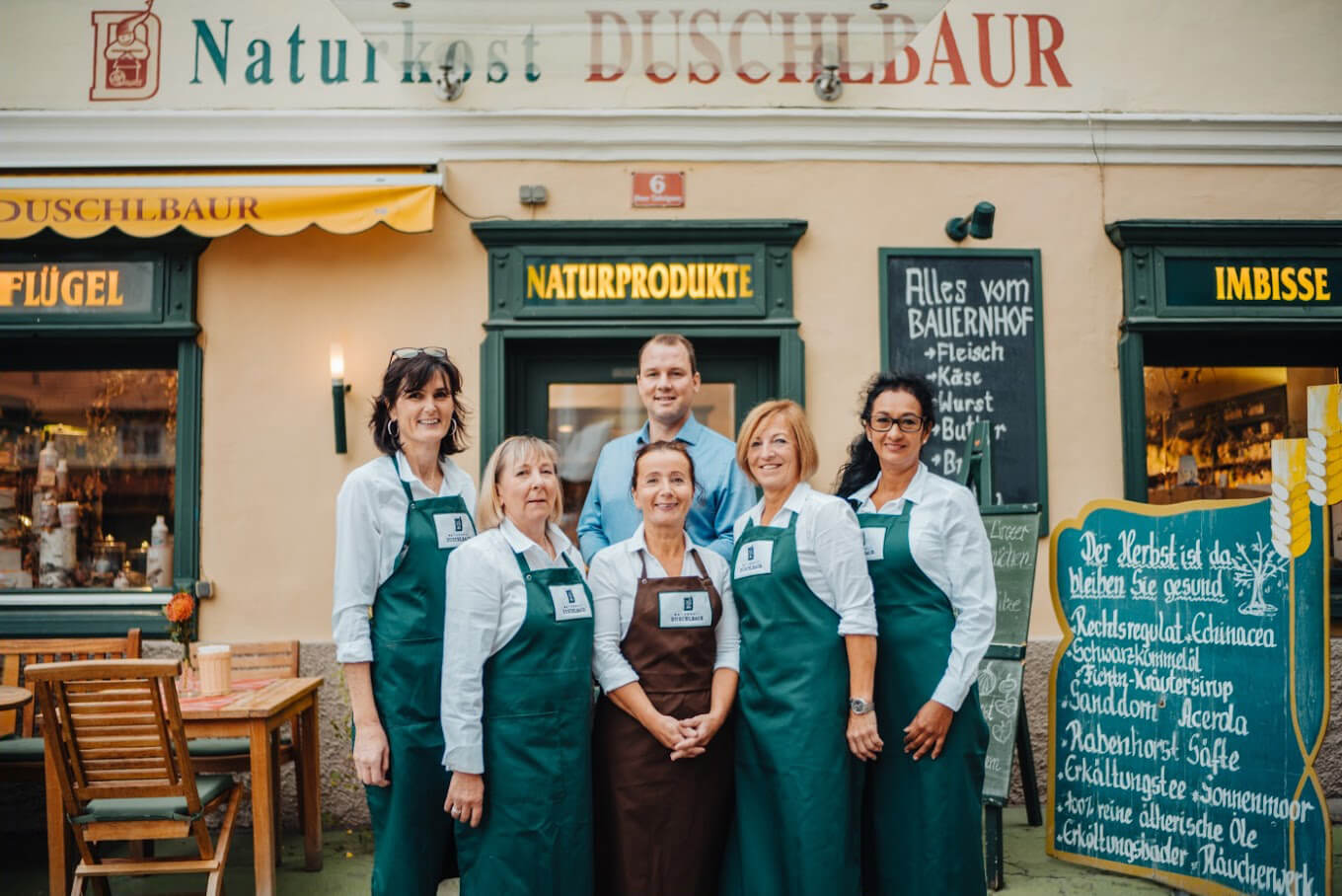The natural ingredients of theDandelion tincture dropsare:Water, alcohol, dandelion.
To produce these very valuable drops we use the herb with flowers and roots.
It is widespread in many places, which has given it over 500 names: eye milk, eyewort, bear's tooth herb, bed pisser, blind flower, bumblebee, buttercup, butter plug, eggplant, French lettuce, cock's bacon, dog flower, chain flower, cow flower, cow lettuce, cow dung, lantern flower, March flower, May flower, lady's tooth, milk thistle, milk thistle, milk stick, horse flower, dandelion, tuberweed, sheep flower, pig flower, sow's snout, sun root, devil's flower, wild chicory.
The virtually indestructible dandelion thrives not only in lush meadows of Alpine valleys, but also thrives in a small crack in the asphalt or between paving stones. It defies the cold winds of spring and the scorching rays of the summer sun.
As one of the first harbingers of spring, it extends its jagged, elongated leaves from the ground in a rosette-like arrangement. A round, hollow stem filled with milky sap grows from the center, reaching up to 30 cm tall. Dandelions are not poisonous, but their milk can stain skin and fabrics yellow-brown. The dandelion's composite flowers glow a brilliant yellow from March to May. The flowers have around 200 individual ray florets and exude a honey-like aroma. Dandelion flowers are diurnal: they open in the morning and close again in the evening.
After a few weeks, the dandelion blossoms turn into the ever-popular "dandelion clock." The blossoms transform into capsule-shaped, brown seeds with a stalk and a small umbrella. Each umbrella contains a seed for a new dandelion plant. The wind carries them away and scatters them over long distances.












